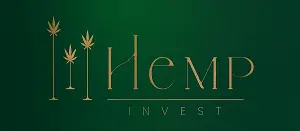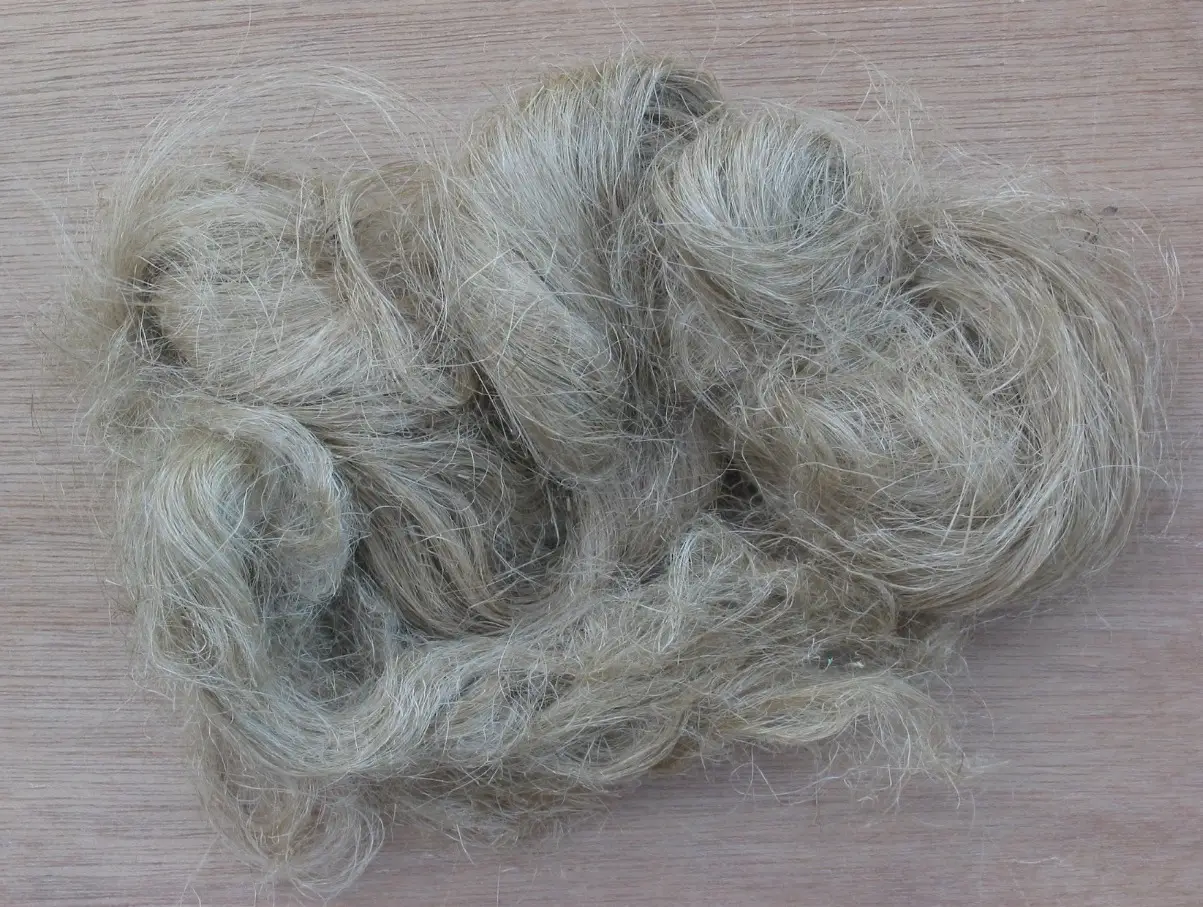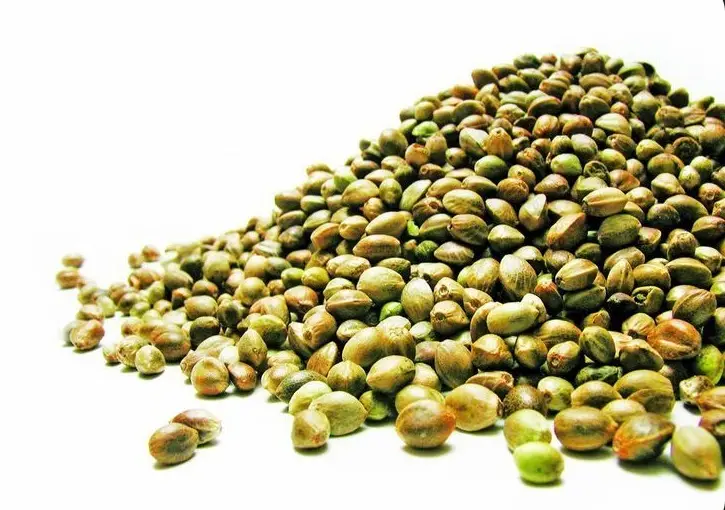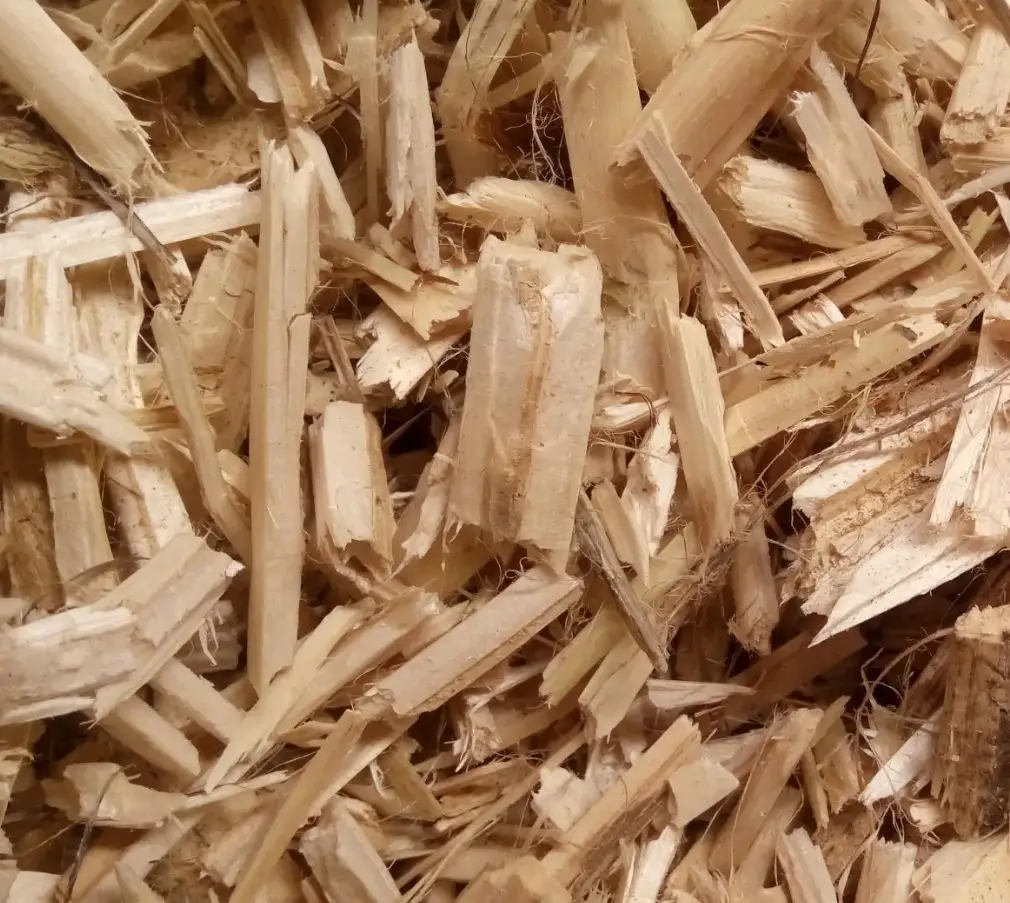Products
Welcome to our hemp products section !
Here, you’ll discover a diverse range of high-quality hemp-based products that cater to various needs and preferences.
From wellness and skincare to nutrition and textiles, we offer a selection of items that harness the natural benefits of hemp.

LONG FIBERS

Over generations, hemp fibers have been proven to be a superior replacement to glass fibers. Strength Increases – Hemp fibers have a stronger tensile strength than glass fibers, allowing manufacturers to use less product to accomplish the same results.
Hemp and linen fibers are basically interchangeable – there is hardly a distinction between flax and hemp. In fact, hemp fibers resemble flax so much that a high performance microscope is needed to detect the difference. Without microscopic or chemical examination, the fibers can only be distinguished by the direction in which they twist when wetted: HEMP turns counterclockwise, FLAX, clockwise. In general, they tend to have the same characteristics. Both linen and hemp become soft and supple by handling, gaining elegance and creating a liquid cloth. Hemp and linen are both very strong fibers – although most sources say hemp is stronger (up to 8 times) than linen (although the real winner is spider silk), but this point is due to the variables involved in spinning the fiber yarn and then weave into tissue. The lifetime of hemp is the longest of all natural fibers.
Both hemp and linen fold easily
Hemp and linen absorb moisture. The moisture retention of hemp is slightly more (12%) than linen (10 – 12%)
Hemp and linen are breathable.
Both hemp and linen are natural insulators: both have hollow fibers, which means that they are cool in summer and warm in winter.
Both hemp and linen have antibacterial properties.
Both hemp and linen benefit from washing and become softer and brighter with every wash.
Both hemp and linen are resistant to moths and other insects.
Both hemp and linen easily absorb dyes.
Both hemp and linen are biodegraded.
In general, hemp fiber bundles are longer than flax. The first point of differentiation is thus: the length of the fibers. Hemp fibers vary between 4 and 7 feet in length, while linen is generally 1.5 to 3 feet in length. Other differences:
The color of the flax fibers is described as yellowish to gray and hemp as yellowish-gray to dark brown.
Hemp is highly resistant to rot, mold, mold and saltwater.
Hemp is also very resistant to ultraviolet light, so it does not fade or decompose in the sunlight.
Hemp’s elastic recovery is very poor and less than linen; it expands less than any other natural fiber.
SHORT FIBERS

There are two types of bast fibers:
Primary bast fibers – make up 70-90% of the bast. They are characterized by long length (up to 50 mm), high cellulose (50-70%) and low lignin (about 7%) content. These fibers are the most valuable part of the stalk.
Secondary bast fibers – comprise the remaining 10-30% of the bast fibers. They are shorter (approximately 2 mm), more lignified and hence of lower value for some applications (i.e. textile). Low stand density of hemp crop favours development of this type of bast fibre.
Hurd is the short fibre (about 0.5 mm) found in the inner woody core of hemp stalks. Hurd accounts for 70-80% of the stalk and typically contains 20-30% lignin. For millennia, hemp was grown for bast fibre, primarily for textile applications, while hurd was considered a waste by-product of bast production.
In addition to genotypic differences, bast fibre content in the stems can be modified by seeding density. Higher bast fibre content is found in heavy seeded fields (40-60 kg/ha) that form a dense canopy of slender, unbranched plants, producing high yields of superior quality bast fibre.
Here are some of the uses of secondary bast fibers:
Paper
Building materials
Insulation
Stuffing
A strengthening agent in molds, plasters or fiber composites
SEEDS

Many people consider hemp seeds to be a superfood. The seeds have a rich nutritional profile and provide a range of health benefits.
Although hemp seeds come from the Cannabis sativa plant, they do not produce a mind-altering effect.
These small, brown seeds are rich in protein, fiber, and healthful fatty acids, including omega-3s and omega-6s. They have antioxidant effects and may reduce symptoms of numerous ailments, improving the health of the heart, skin, and joints.
In this article, we look at the various benefits of hemp seeds and provide tips for adding them to the diet.
Hemp seeds have a rich nutrition profile. They contain high levels of antioxidants, fatty acids, minerals, and vitamins.
The shells add fiber to the diet, and grinding the seeds helps the body to absorb more of the other nutrients.
Some research has suggested links between hemp seeds and health benefits, but these studies tend to use extracts with high concentrations.
SHIVS

The woody core of the stalk (known as the herds or shives) is the bundle of cellulose-laden short fibers, which can be mixed with hydraulic lime to build walls and floors. Many modern car companies are already investing in and researching the viability of hemp components versus plastic and metal, in addition to the potential of hemp as a biomass crop.
Can hemp become a viable and widespread form of insulation in housing and other construction? There has already been a fair amount of media coverage devoted to the use of hemp as a construction material. For several years now international researchers and some companies have considered the benefits of so-called “hempcrete;” essentially, blocks made by combining the hurd – or the inner core of hemp stalks – with water, lime, chalk, and other materials.
Hempcrete and hempwool have something in common; they’re both plant-based and therefore have low-embodied carbon and low-embodied energy, because we’re using a rapidly renewable material for our building material.
